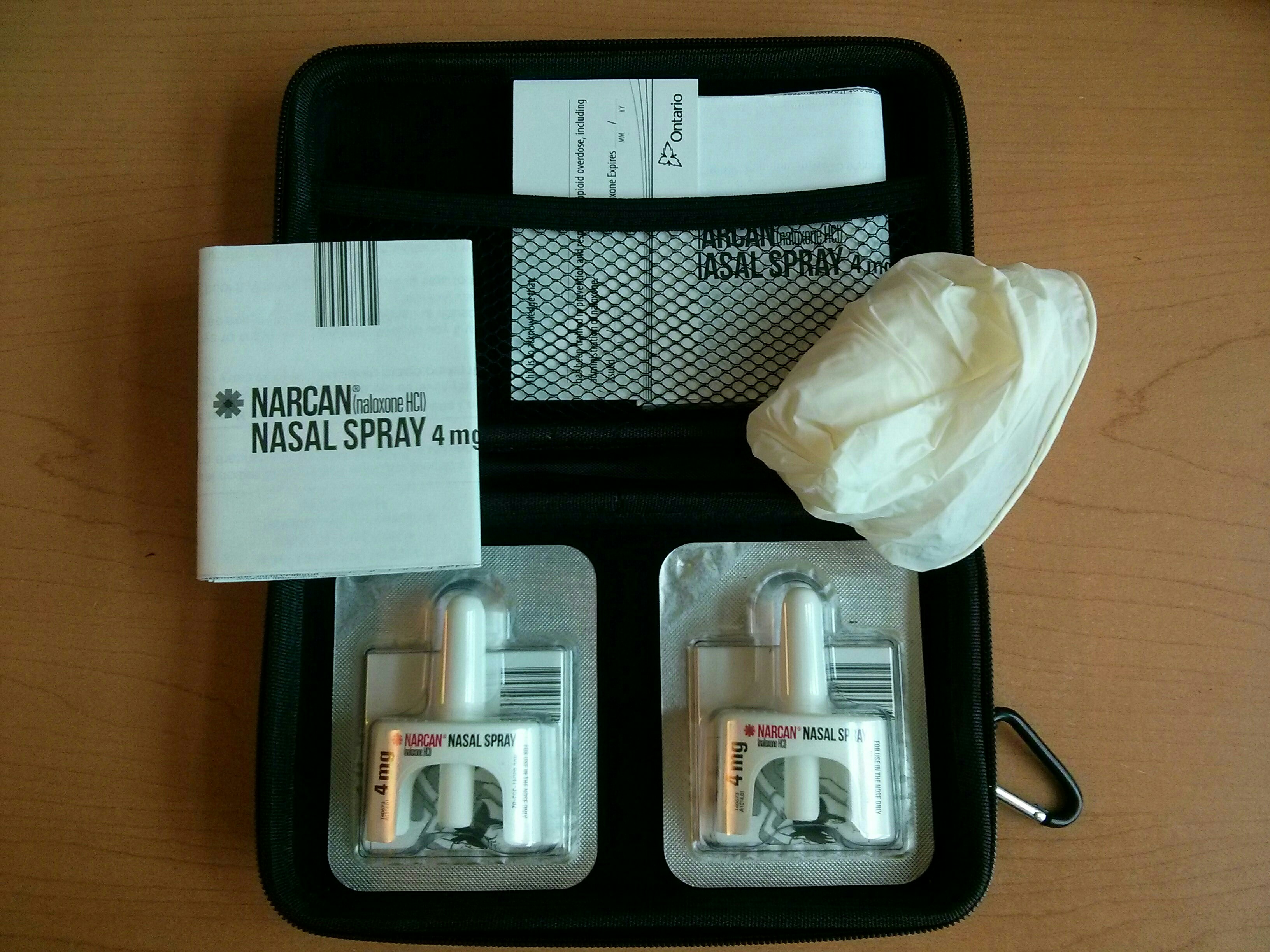Connected patients, connected providers: Delivering comprehensive, coordinated, team-based care to people living with HIV in Canada
28 septembre 2017 • Par Dr. Claire Kendall and Katie AblettThanks to effective anti-HIV treatment, HIV has evolved into a chronic illness. However, people living with HIV often today also live with other physical and mental health conditions, which can be difficult to cope with, especially for those also coping with difficult socio-economic circumstances. To provide quality care to people living with HIV and other long-term medical and social conditions, health-care providers not only need to ensure that people living with HIV are engaged in quality health care, but we also need to enhance the capacity of Canadian HIV clinics to integrate and coordinate additional resources. By integrating and coordinating...






